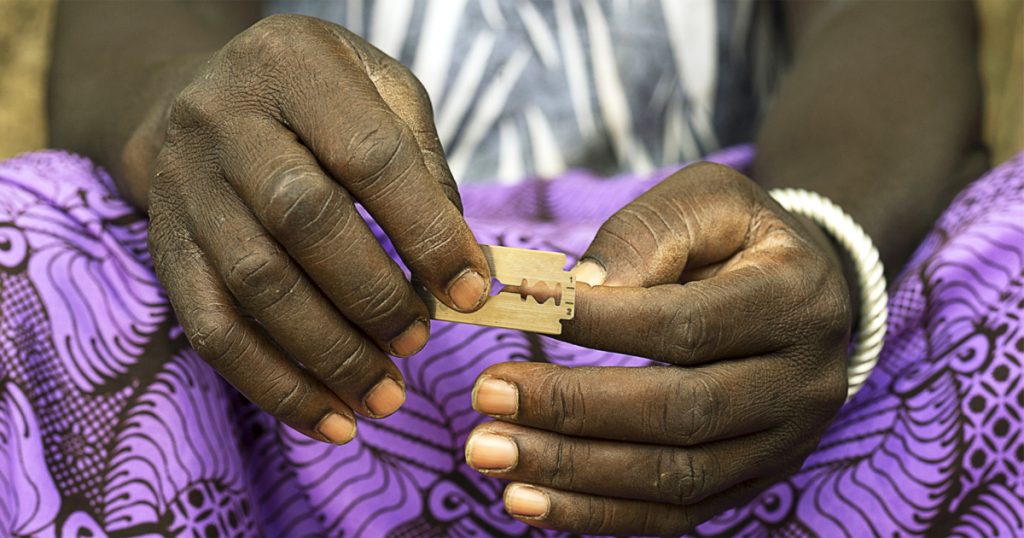The World Health Organization (WHO) has released new guidelines calling for urgent action to stop the practice of Female Genital Mutilation (FGM), especially its growing “medicalization” — where health workers themselves are carrying out the harmful procedure.
FGM involves cutting or injuring parts of a girl’s private parts for non-medical reasons.
It is usually done to young girls before puberty and is considered a serious “violation of human rights.”
WHO says that even when health workers perform FGM, it still causes harm and can sometimes be even more dangerous.
According to WHO, around 52 million women and girls have undergone FGM by the hands of health workers, making up about 1 in 4 cases globally.
This trend is worrying because it gives the false idea that FGM is safe or acceptable if done by a professional.
The new guideline shared on Friday to journalists, titled “The prevention of female genital mutilation and clinical management of complications,” provides a plan for how health workers, governments, and communities can work together to stop FGM and support survivors.
Dr. Pascale Allotey, WHO’s Director for Sexual and Reproductive Health, said, “The health sector has an essential role in preventing FGM – health workers must be agents for change rather than perpetrators of this harmful practice, and must also provide high quality medical care for those suffering its effects.”
The guideline strongly recommends that medical organizations clearly ban FGM in their professional codes of conduct. It also urges health workers to be trained on how to respond to requests for FGM and educate families about its dangers.
Christina Pallitto, a WHO scientist who helped develop the guideline, said, “Engaging doctors, nurses and midwives should be a key element in FGM prevention and response, as countries seek to end the practice and protect the health of women and girls.”
Read Also: Expert reveals men with large breasts at higher risk of breast cancer
The guideline also calls for community education, especially including men and boys, to help raise awareness and protect girls. It also gives steps for how to care for survivors, who may face serious health problems throughout their lives.
There is hope. Countries like Burkina Faso, Sierra Leone, and Ethiopia have reduced FGM rates among teenage girls by up to 50% in the last 30 years, thanks to strong political action and community work.
Since 1990, the chances of a girl undergoing FGM have dropped threefold, but it is still practiced in about 30 countries. An estimated 4 million girls remain at risk yearly.
The health organization believes that with the right efforts, FGM can be ended for good — protecting millions of girls around the world from this harmful tradition.


